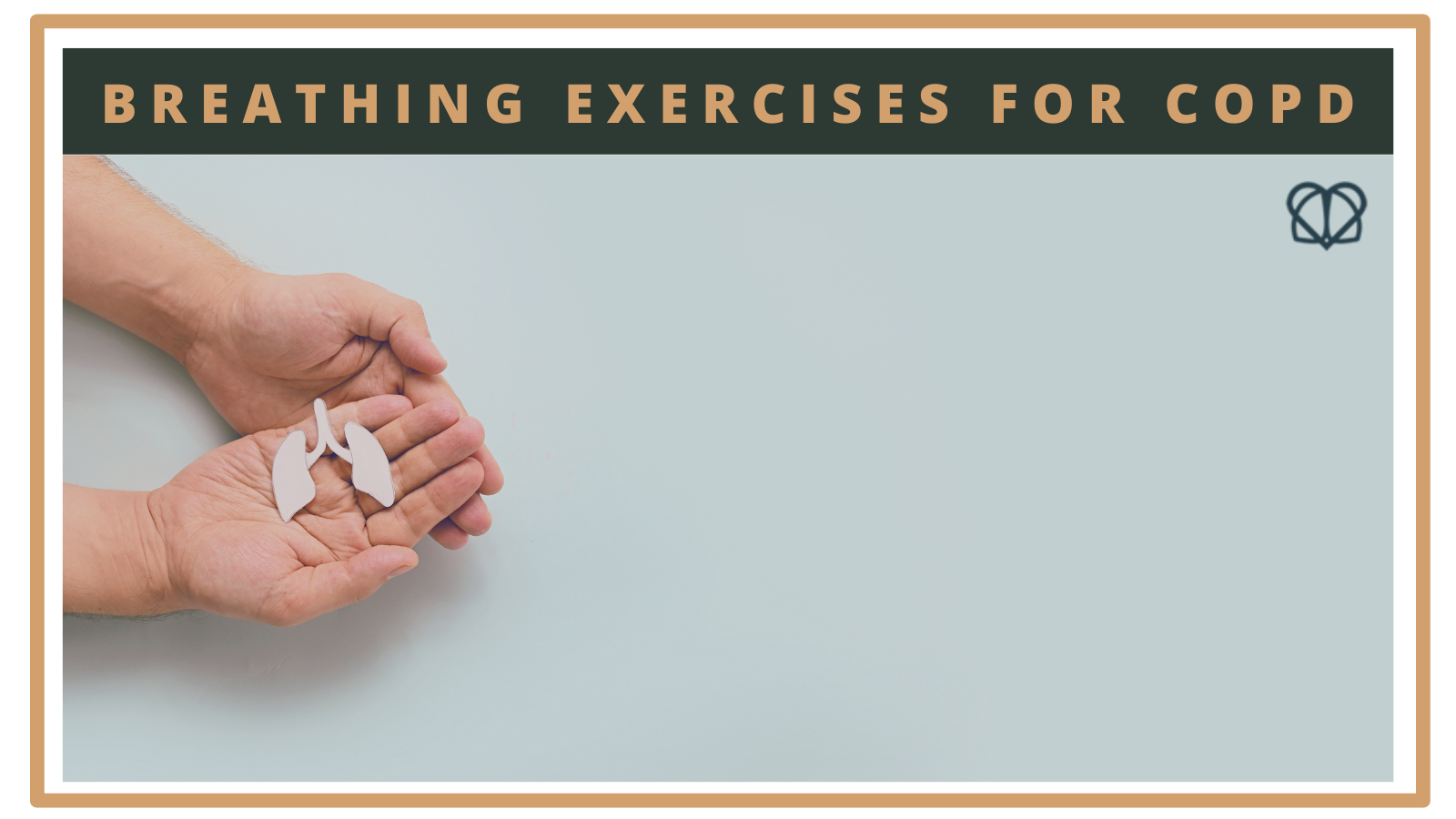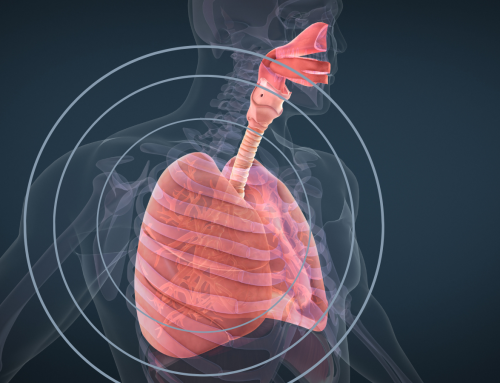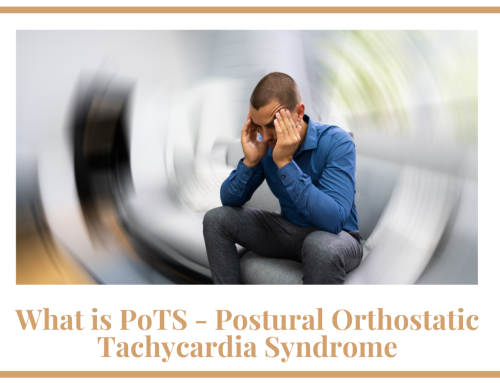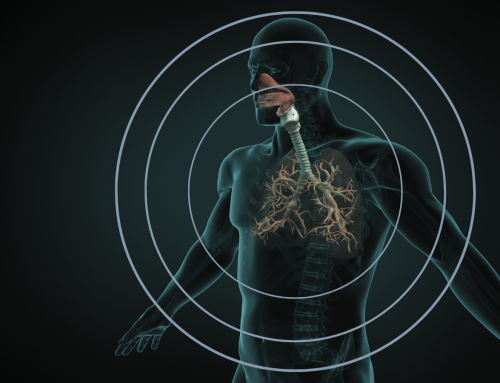Treatment options if you have COPD
With no cure available for COPD, it’s important to do what you can to slow the progression of the disease. One of the most important changes you can make if you have COPD and you’re a smoker is to stop smoking. But aside from stopping smoking, there are also practical steps including breathing exercises that can help minimise your symptoms so you can enjoy a better quality of life.
How can respiratory physiotherapy help your COPD?
When you come to Air Physiotherapy for help with your COPD, you’re in safe hands. Our aim is to make sure that you have a good understanding of your condition and that you know more about how and why your body is behaving the way it does.
It’s important to know about what is physically happening in your lungs but also understand how lifestyle choices can impact your symptoms. Whether you have mild, moderate, or severe disease, the fact remains that you are more at risk of chest infections when you have COPD so keeping your airways clear is also very important.
Key points:
- Be aware of your lung health and have an airway clearance program in place. Whether you have severe COPD and need to use the program daily, or your symptoms are milder and you only need to use it at times of infection, it’s important to be aware of how your lungs are feeling.
- Know your signs of infection. It’s important to recognise when you may be becoming unwell so you can get on top of it before it becomes established.
- Incorporate breathing exercises into your routine to help manage symptoms of breathlessness.
Breathing exercises for COPD – and other ways you can help yourself
Pursed lip breathing – You do this by gently breathing through your nose, then pursing your lips as though you’re going to blow out a candle. Blow out with your lips in this pursed position. Blow out only for as long as is comfortable, but ideally for twice as long as you breathe in.
‘Blow as you go’ – this is often coupled with pursed lip breathing and is helpful to remind you to breathe out! This is required because often patients with COPD tend to hold air in their chest and stack breaths on top of each other. We call this hyperinflation. Imagine a balloon that is inflated – there is only so much air that will fit in the balloon, and unless you let some air out (by exhaling) there won’t be room for any more! You can also purse your lips as you breathe out to draw focus to the exhalation.
Airway clearance – these will be individually personalised breathing exercises by your respiratory physiotherapist and will help to keep your airways clear of mucus and help reduce the risk of infection.
Pacing – this is where you break up an activity into bite-sized chunks so it doesn’t become unmanageable. Instead of running up the stairs in one go, for example, you can break up your ascent into smaller, more manageable activity that won’t leave you as breathless. It will also mean you feel more in control of your symptoms. Paring pacing with ‘blow as you go’ is even better!
Diaphragmatic breathing – when you breathe well, you should be breathing using your diaphragm, and this is particularly important if you have COPD as it ensures you adequately ventilate your lungs. The stronger and more engaged the diaphragm is, the less resistant to fatigue it will be, and the less breathless you will feel!
Why not see what Viktoria told us about how working with Air Physiotherapy has supported her as she manages her COPD symptoms in our online case study:
Air Physiotherapy is here to help
If you’d like to know more about how we can help then do get in touch:
email: enquiries@airphysiotherapy.co.uk
call 020 7971 1464





